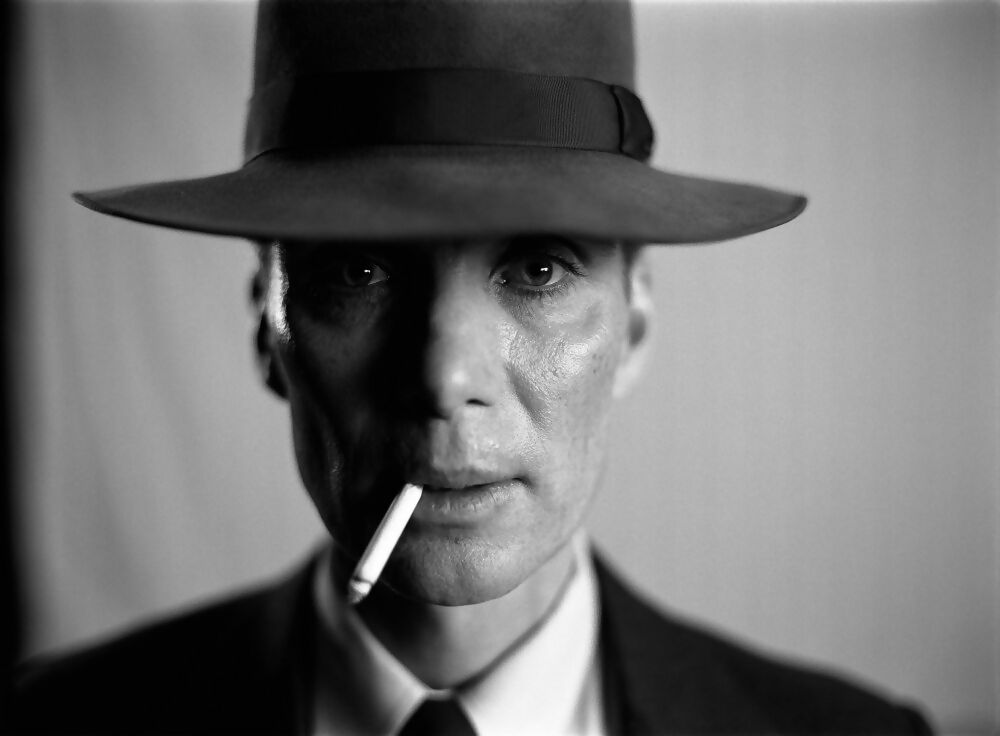
Films are becoming of length, and audiences still need to attend to matters of nature. The answer? The option of an interval.
There’s been an alarming outburst of brevity in some recent big studio movies, the ilk of which it feels like we’ve not seen in some time. The Barbie movie, for instance, clocked in at under two hours! The Equalizer 3 had the temerity to roll the end credits before the one hour 50 mark had been hit, whilst even the latest superhero film – Blue Beetle – only just crept past the two hour mark, and probably came in less than that if you popped off before the end credits started to roll.
It’s madness. Outright madness. Just as Hollywood has been standardising the idea of blockbuster movies where you’ve missed three birthdays and need a haircut by the time they finally finish, they do the old rugpull and have us out of the multiplex in a daringly reasonable amount of time.
Panic not though, as the films to test the strength of our collective buttocks are riding in to the rescue. Chief amongst them is Martin Scorsese’s superb Killers Of The Flower Moon, that’ll greet us in October with a requirement for the best part of three and a half hours of time. The credits aren’t that long on it either, so you’re very much getting your money’s worth.
Which is handy, as otherwise this feature will look remarkably stark and out of date. Because I want the option for an interval to return to cinemas.

Intervals in the midst of films, after all, have long been a tradition. Roadshow movies taken around the US in times of old would have a natural break in the middle, respective of the fact that those of us of a certain age might struggle to hold in liquid for the demanding amount of time that was being requested. The simple answer: put a natural break in the film, flog a few more drinks, negate the need for fresh trousers.
It’s the multiplex era that arguably killed the interval, with the growing need for corporate-owned chains to get people through the door and get them out again with, let’s just say, ‘some efficiency’. It’s why cinema staff have to bundle into a screening as the end credits are playing, rather than waiting for the end. Much like Ridley Scott’s publicist as he shares his views on a press tour, there’s only so much they can do.
Yet I’m hearing murmuring requests for an interval to come back, in response to the lengthening timespan of more and more big movies. It’s not just the prestige stuff that’s requiring cushions of some magnitude. It’s the blockbusters as well. It’s with weary reluctance most of now traipse in to see a big blockbuster, exhausted at the thought of the two and a half hours and change that the thing goes on for.
A brief interval of my own, if I may. I do love long films. Give me a long film that justifies its expansive runtime, and that’s bliss to me. Please re-read this sentence three times before I nip off for a mid-article wee.

Good news! I’m back.
As late as the back end of the 1980s, I went to a local cinema where – oftentimes no matter the film – at a certain point, the curtain (remember curtains!) would draw across the screen, and someone would walk in, weighed down by a tray of King Cones to try and sell you. This was a time too of smoking in cinemas, but some people preferred to nip out for a cigarette break. I was in it for the ice creams, though.
In fairness, the blanket interval was not a good plan. I remember an old chum of mine telling me a story of being tensely coiled up watching The Silence Of The Lambs at the start of the 1990s, Jonathan Demme’s taut film catching them very much in their spell. The tension slowly, vitally, grew and grew just in time for the lights to go up, and a cheery woman to walk in with some Butterkist and ice lollies. The tension struggled to be recaptured, something Demme thoughtlessly hadn’t accounted for when editing his film.


Suggested product
Film Stories issue 53 gift bundle: Magazine + Nic Cage scratch poster + Nic Cage coasters!
£30.00
The interval as the norm soon died out (I remember reading a report once too, incidentally, of an interval during the 81-minute The Naked Gun). But it also took with it the interval as an option at all, in all but the rarest of cases.
Thinking back, the times since the early 1990s I’ve sat through a film with an interval I could count on one hand, and that’s after Brendon Gleeson had been at it for a bit. The extended cut of Dances With Wolves allowed a natural break, as did Kenneth Branagh’s four hour Hamlet. Most recently, Quentin Tarantino built an interval into The Hateful Eight, allowing a half time break to deal with the hateful people in groups of four apiece.
But beyond that, unlike the films concerned, I’m coming up short.
Not every long film would, however, benefit from an interval in the middle. Half of the fun of the not short Mission: Impossible – Dead Reckoning Part I was the escalation of the excitement as more and more continued to be thrown at Tom Cruise and his team. I reconciled if they were going to throw chip fat at Cruise, the least I could was ask my bladder to behave.
Yet what about Oppenheimer? Christopher Nolan’s latest is his longest, an outstanding three hour picture that I saw opening weekend, dressed in pink as the occasion demanded. However, I noted that throughout the film, an awful lot of people got up to avail themselves of the facilities the longer it went on. As an aside, a friend of mine used to work in a cinema and realised after collecting not empty drinks cups at the end of a showing that not everybody bothered to do so.
We’ll move on from that, and go back to the atom bomb. I think that if a break had been programmed into Oppenheimer and people were made aware of it, then it’d temper the immediate need for a Jimmy Riddle, and stop bunches of people swinging the door open and shut.

Avatar: The Way Of Water positively invites a damp gag that I’m obviously too mature and grown up to make, but its 191 minutes was broken into places where there were natural pauses, I’d suggest. I wouldn’t like to be the person to ask James Cameron for a break, but someone in the halls of Disney could have sacrificed themselves for the greater good. Black Panther: Wakanda Forever also has a title that invites a gag, but I figure by this stage, you know where it’s all going.
What I’m advocating for here though is for the option of a programmed break in a picture to be made available again. Only in instances where it suits the film, certainly, but also as a consideration for audiences being asked to sit through longer and longer movies.
There’s a sequence in Matt Reeves’ The Batman where Batman walks across the screen and he goes so slowly, any of three things could be completed in the facilities by the time he got to where he was going. That’s the kind of film where I’d like the choice, although I fully appreciate Matt Reeves may be less keen. I do get that’s a consideration.
But surely too is the audience. And whilst I can live without the King Cones – my metabolism wouldn’t cope these days – I, bluntly, really wouldn’t mind a pee…
—
Thank you for visiting! If you’d like to support our attempts to make a non-clickbaity movie website:
Follow Film Stories on Twitter here, and on Facebook here.
Buy our Film Stories and Film Junior print magazines here.
Become a Patron here.






